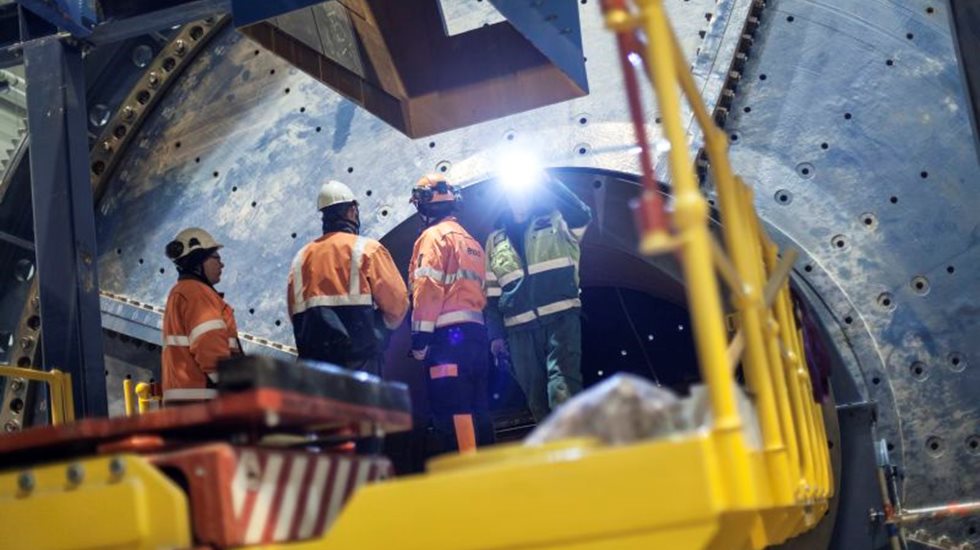There is an optimal lining solution for each mill at a given moment in time, a mill lining design that will help the mill operator to reach maximal performance. However, what is optimal today might not be optimal tomorrow, due to gradual changes in the process. This means that we need to adapt the design and make continuous improvements. Monitoring and collecting process data are important in this process.
My experience is that there is generally some type of bottleneck in any comminution circuit. Looking specifically at the mills, it is common that a mill is limited either by weight, volume or power. This has to be considered when trying to find the optimal mill lining design. Maintenance is also a limiting factor. High-capacity mills need to be up and running 24/7 so it is important to find ways to minimize downtime. The number of parts to be replaced and their ease of installation greatly impacts both mill availability and safety.
Mill lining optimization is typically done in order to increase power draw and throughput, but there is also great potential for reduced consumption of liners, grinding media and energy.

